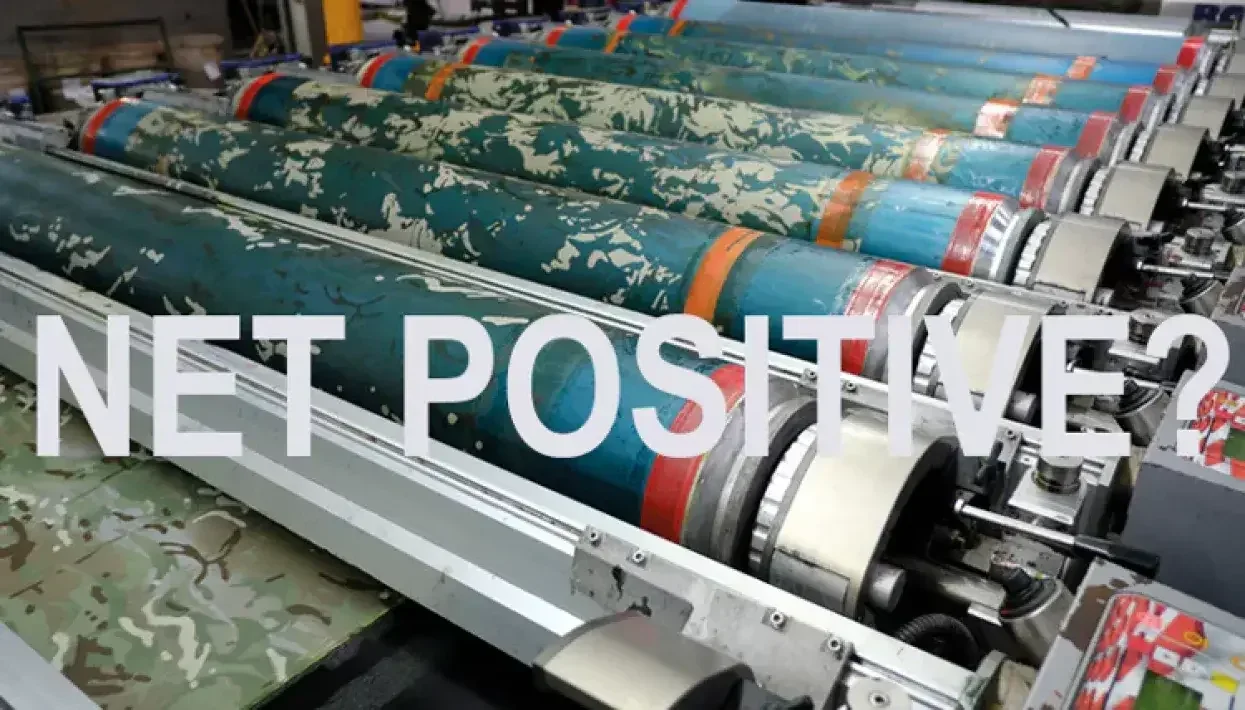Sustainability
Textile Printing
What impact does being a net positive business have on the industry?
Author
FESPA Staff
Published Date
16/12/2022
Become a FESPA Member
to Continue Reading
